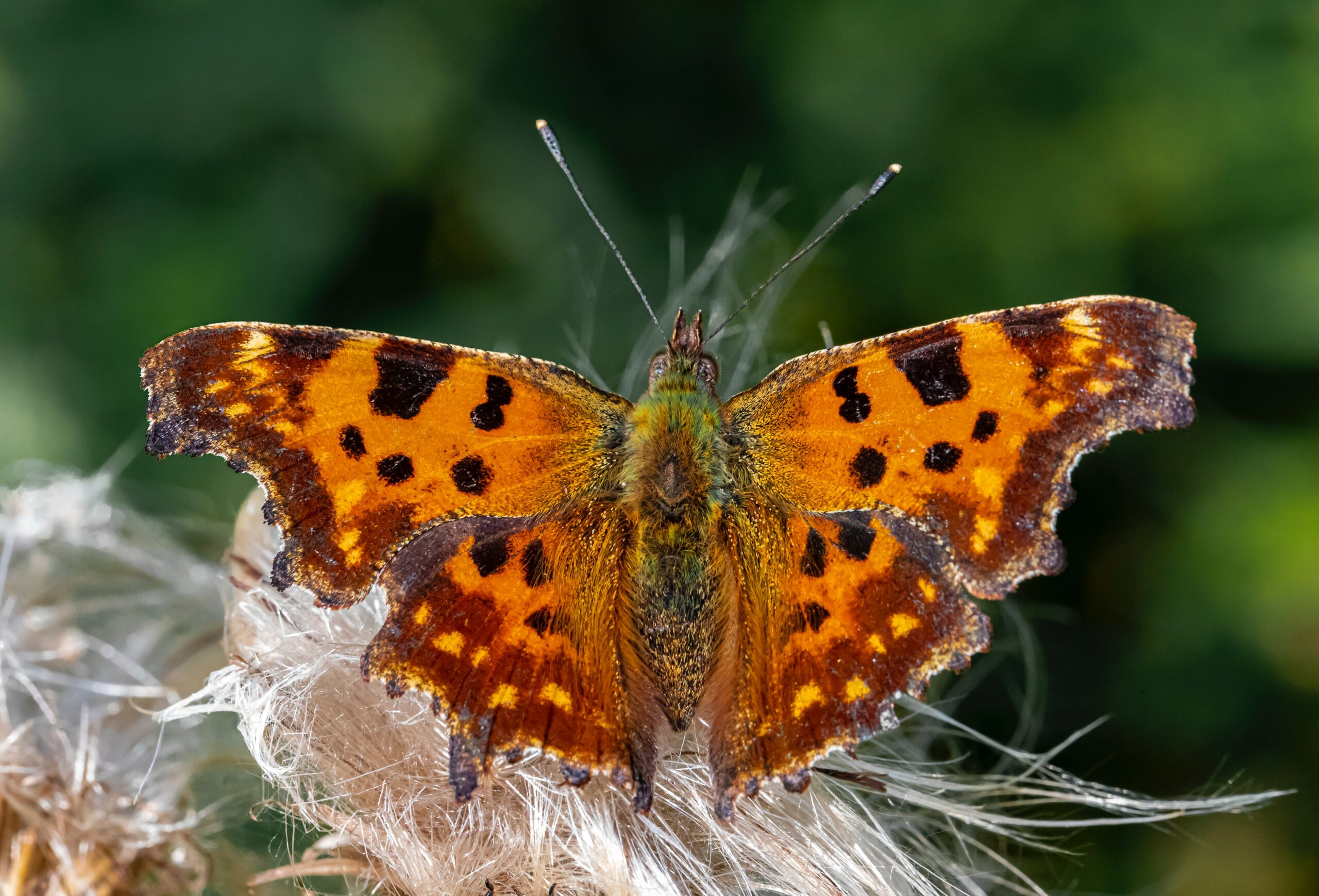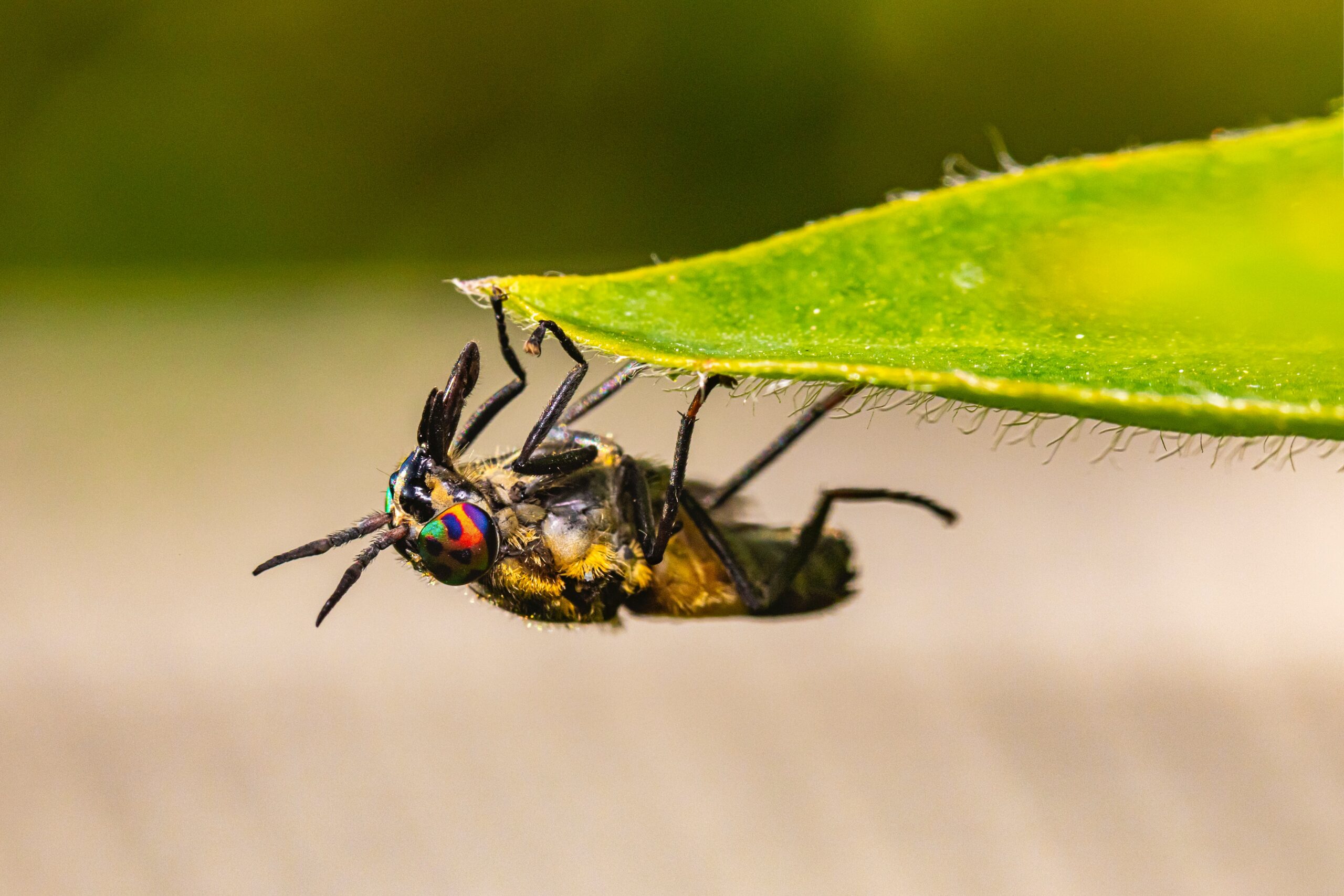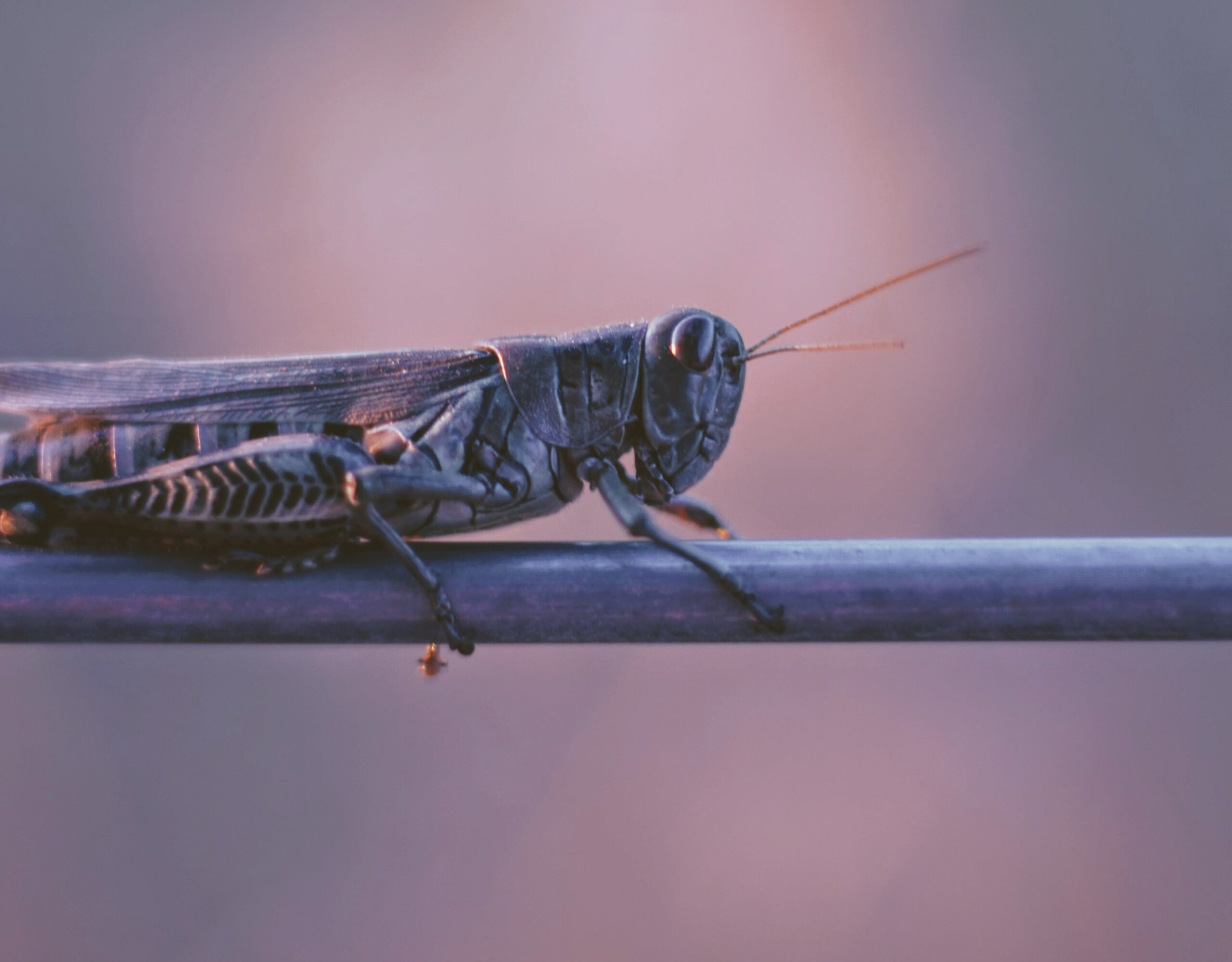
- 20 Apr 2021
- Leroy Silva
- Blog
- Comments: 0
Plants are severely harmed by a wide range of pests. Some of them harm the bark of trees and shrubs, while others harm the leaves and fruits. Hares, mice, and other rodents can cause irreversible damage to the plant even in the winter. As a result, not only the elimination of pests as such but also preventive measures of defense become essential in the fight against pests. Pest management should be done systematically, taking into account the various stages of growth of different pests.
Pest control can be divided into three categories: mechanical, biological, and chemical.
Chemical Method Of Pest Control Preventive Measures

Chemical pest control is dependent on the application of chemicals (pesticides). Only use them if you’ve exhausted all other options for insect control. Pests pose a serious threat to plants, and other pest control measures are ineffective. When using chemicals to treat plants, extreme caution is needed, as are strict instructions and the wearing of overalls. Before planting, at least 30-45 days before harvesting, and then before planning for winter, a chemical treatment is applied.
Pest Control By Biological Means
The biological method of pest control entails the use of antibacterial plants and precautions based on them – in other words, the use of pests’ natural enemies in the war.
Plants that repel insects, such as onions, garlic, tomatoes, peppers, and tobacco, have good phytoncide properties. Marigolds and marigolds not only beautify the location but also improve plants from nematodes, which invade the root systems of many berries using biological control methods. Alkaloids-containing plants, such as aconite, black henbane, and creeping bitterness, deter leaf-gnawing caterpillars.
Plants are sprayed with different decoctions made from antibacterial plants for treatment and pest control. Transfusions of potato tops, onion peels, a decoction of stepchildren, and tops of vegetables are used to combat aphids and spider mites, while an infusion of burdock is successful against slugs. To make decoctions and injectables from insecticidal species, you must be familiar with their properties and follow the recipe exactly.
Birds are excellent pest control agents. To attract birds to your location, provide them with a warm environment by hanging birdhouses and providing them with a variety of feeders in the winter. regulation of biological pests Besides, in the autumn and winter, the viburnum or irga cultivated on the property can attract birds.
Plant pests have other real predators besides birds: beneficial insect species. Ladybugs, for example, eat aphids, ticks, scale insects, and tahin fly larvae that parasitic insects caterpillars and nestlings. The codling moth is reduced by Trichogramma, and aphids are eradicated by the lacewing. Sowing nectar-bearing plants, such as mustard, dill, and others, may attract these beneficial insects to the site.
Mechanical Pest Control And Their Preventive Measures

The mechanical pest control method is as follows:
Trapping belts are used in the direct killing of pests (manual gathering and eventual destruction of insect vectors, egg-laying).
Trapping belts, trampling snow, tying trunks with covering material, whitewashing, and other methods of plant defense
– In the proper pruning of tree branches that are dry, weakened, or diseased;
– In the disposal of fallen leaves and carrion at the appropriate time.
Pest control is difficult and necessitates a certain level of agronomic expertise. The company’s experts have considerable technical experience in the fight against plant pests.
The ants in your pants should not prevent you from accomplishing your goals. For pest-free living, call us today.
